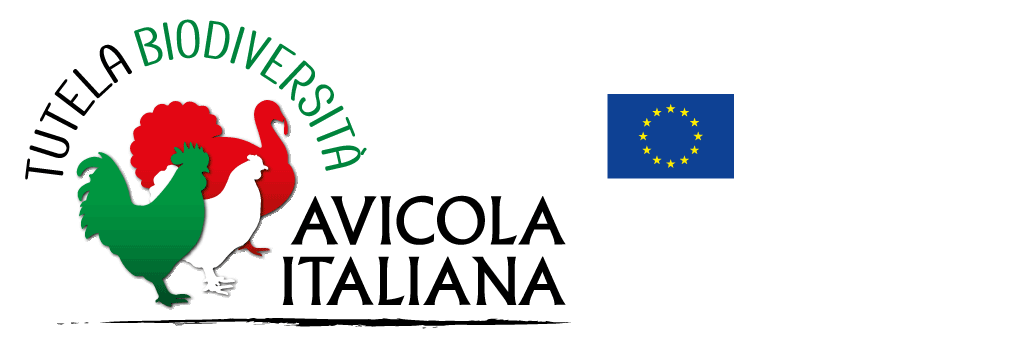Pépoi
Geographic origin: Veneto
Geographic distribution: Veneto, Friuli-Venezia Giulia
Estimated total population size: 899 (Castillo et al., 2021)
Extinction risk status (FAO, 1998): Threatened conserved
Any other specific information: Small-sized breed
Historical origin of the breed
The Pépoi breed originated in the Veneto region and it is widely spread in the north-eastern Veneto and Friuli-Venezia Giulia regions. It is one of the very few small size breeds currently available on the market.
It is included in the National Plan on Biodiversity in Agriculture as a local breed and in the Atlas of Traditional Agri-food Products (Atlante dei Prodotti Agroalimentari Tradizionali) of the Veneto region.
Rearing of this rustic breed is easy and suitable for agritourism farms, educational farms and for the production of single-portion chicken. The breed is suitable for the valorisation of typical productions of the Veneto region.
Qualitative morphological traits
Feather morphology: Normal
Feather distribution: Normal
Plumage structure: Adherent and soft
Plumage colours: Golden
Colour features: Bi-colour, with sexual dimorphism
Colour pattern: In the male, head and cape golden, back golden red, chest, belly, and thighs black, tail black with green sheen and down grey. In the female, head and cape yellow, back, shoulders and wing coverts with uniform brownish ground with every feather shaded with black and a neat brilliant gold edge; chest salmon pink, belly and legs ash-brown with edging and patterning on the shafts, tail black with brown sheen, down grey.
Chick plumage colour: Light brown down with darker stripes on the back and head
Comb type: Simple comb
Comb spikes: Five spikes
Ear-lobe colour: Yellow
Beak colour: Yellow
Skin colour: Yellow
Shank colour: Yellow
Shank feathering: Free from feathers
Pictures from the archives of Prof. Gabriele Baldan and Prof. Massimo De Marchi.
Quantitative morphological traits

Reproductive and productive quantitative traits
Oviposition, brooding and incubation data
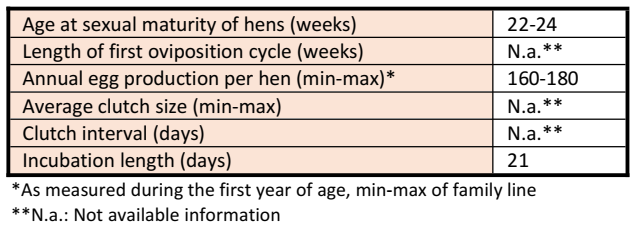
Egg-quality traits

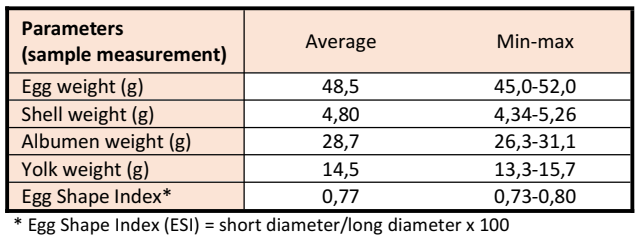
Reproductive traits
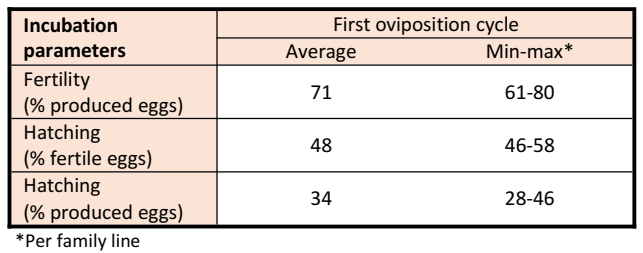
Slaughter data (age: 27 weeks; males)

Rearing traits
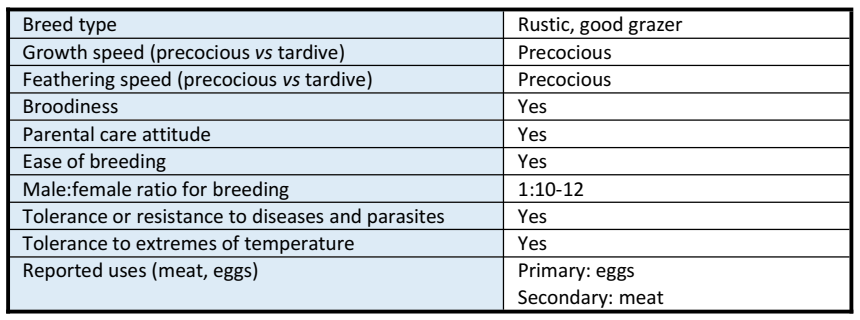
The presented data were registered in the nucleus population conserved at the “Sasse Rami” Experimental Farm, in Ceregnano (Rovigo).
Latest update: October 14th, 2023
Germplasm collection
The breed is conserved in our Cryobank with 535 semen doses from 7 donors.
